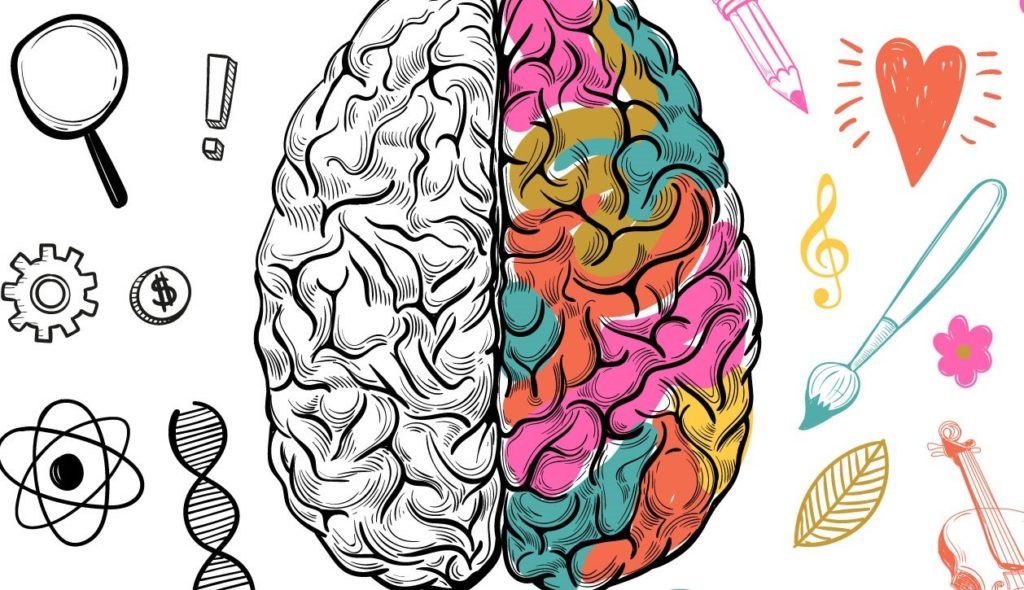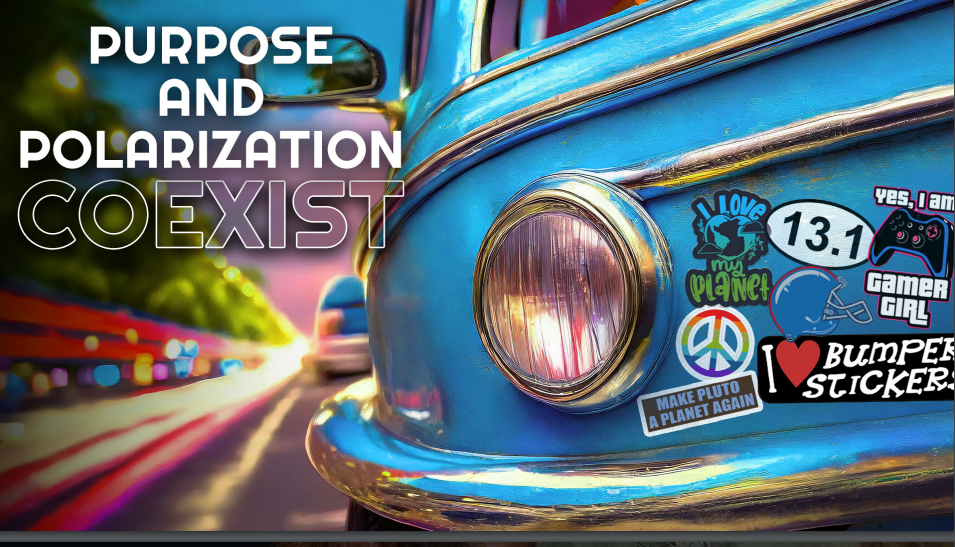Janet Sperstad helps you navigate the brain for effective convincing

Share news
Listen
In her first session, ‘Quiet Influence’, she will analyze what makes some people good influencers or why some ideas spread. She will explore how the brain’s processing systems play a role in the ability to influence and persuade others, be it in sales or events. We ask her for a characteristic of the human brain that impacts on decision making. “Our brain is a social creature, and as information comes in, we think about it in a social context: how does it make me look? Can I share it? We value other people and think about what they think. So if I think about selling, I have to take this into account”.
Does it mean that when convincing (delegates for instance), we especially have to put the benefits in the context of the relationship with others, with notions like belonging, pride, love…? Absolutely, she says. “Indeed, in our industry, we spend a lot of time creating sense of pride and community, with ribbons, lanyards, traditions, or simply slogans and ways of talking” and this makes people more receptive. Create your event like you are creating a tribe!
Belonging and trust. According to Janet, you also have to make sure you create a space of social comfort that minimizes uncertainty. Delegates have to feel that they belong, that they won’t look silly… If not, their amygdala will shut down, and their senses will close in. Forget about influencing them if they feel threatened.
Interaction. Take into account human interactions when designing your meeting. “Smiling increases your dopamine level, and gets the other party to smile too, which makes them feel good, and creates trust. Shaking hands (touching skin) increases oxytocin, which makes us feel closer. So you see there are lots of things you can do to help bring in that moment of influence. Don’t forget data don’t make decisions, emotions do. We make decisions in our emotional brain and then justify it with rational elements. Our long term memory is located in the emotional brain, you have to make sure you talk to this brain”.
Slow meetings. That will be the theme of her second session. In a world in which it is hard to sustain attention, have you thought hard about how mindfulness and intentionality relate to the way people learn and interact, and how your meeting can be structured to provide the maximum experience? She will explore how to “bring focus and attention in meaningful moments”. As planners we have a lot of tools for that, from sound, light, food, to event setups (and don’t forget the power of natural light!). “Slow meetings are about creating space to think in new ways”. Just an example: create a peer to peer sharing space: “in those sessions, the brain acts very differently, opens up and gets stimulated”.
She will tell more in EMEC, in Granada, from 5th to 7th March 2017. Information is on http://www.mpiweb.org/events/emec-2017/home.











